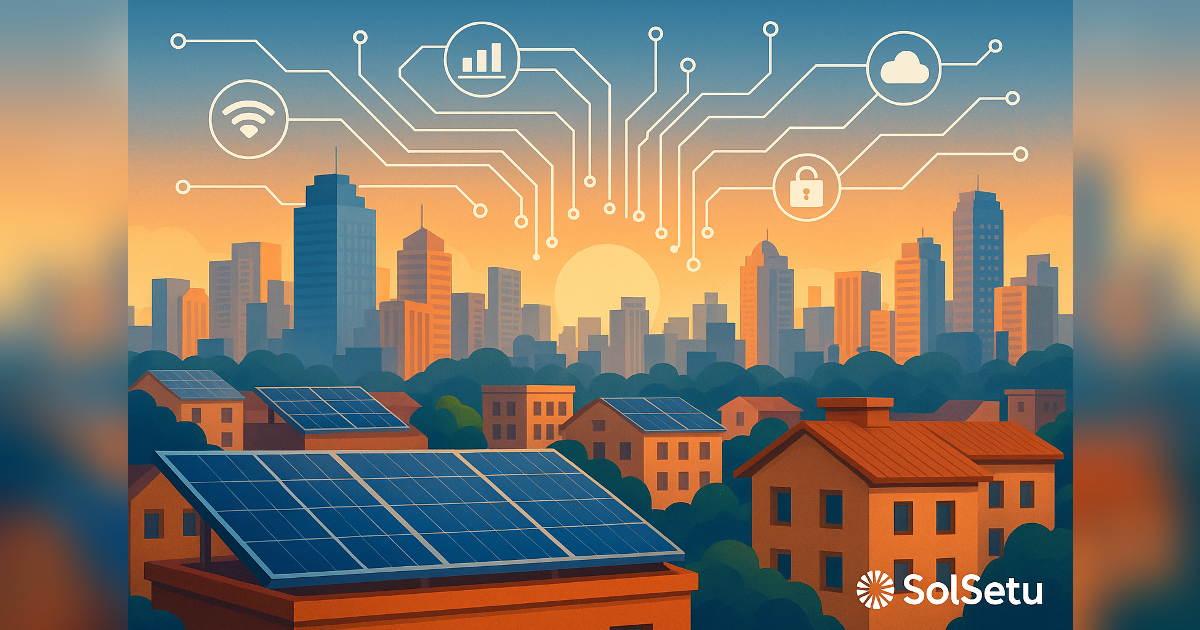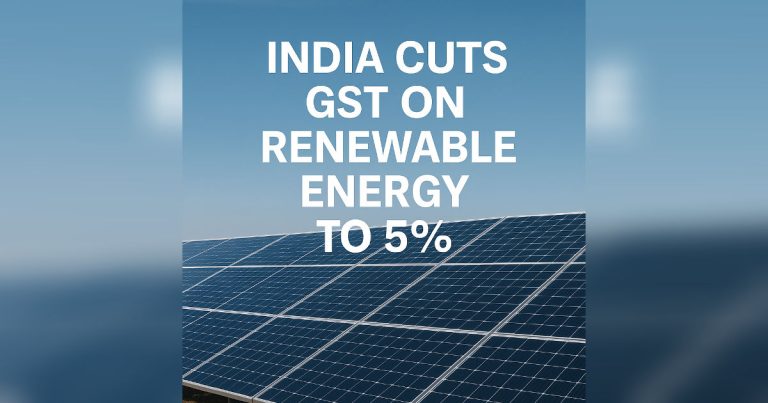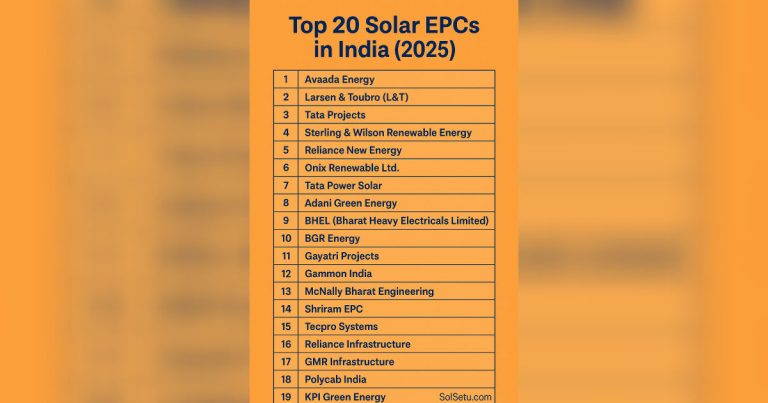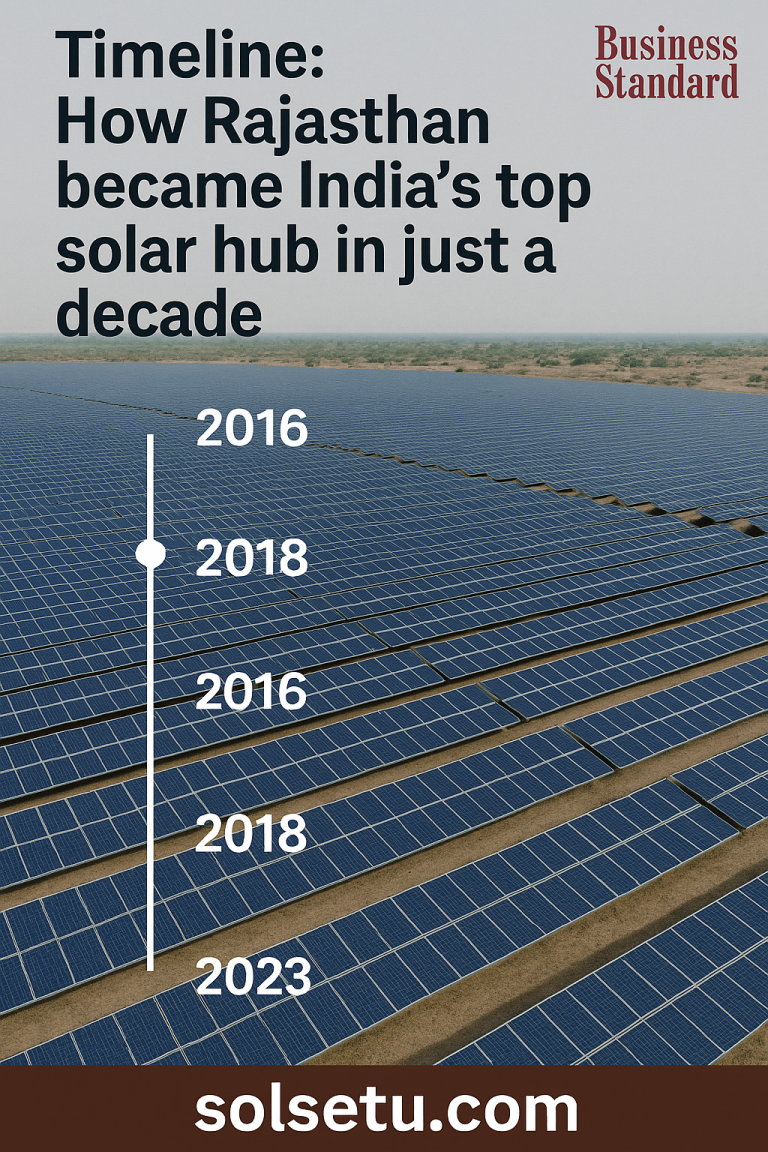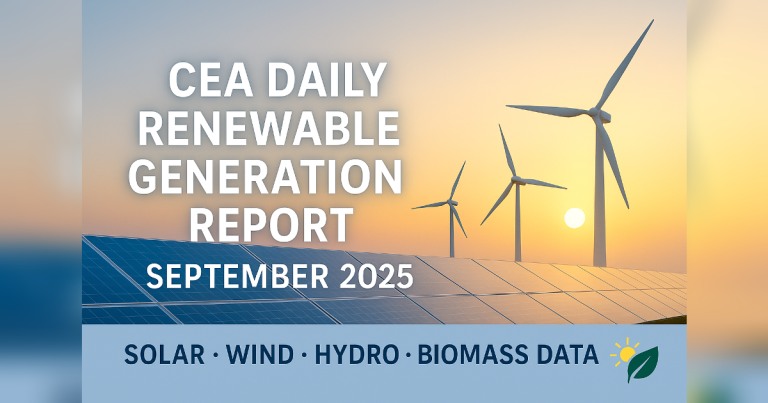Rooftop Solar Payback Period Explained — How Homeowners Can Recover Cost in 3 Years
Smart Cities and Solar Integration — How Urban India Is Going Renewable
Goa, India — October 19, 2025: India’s urban transformation is accelerating with the rise of smart cities that combine technology, sustainability, and energy efficiency. Among the most powerful forces driving this revolution is solar energy integration — from rooftops to streetlights and entire residential clusters.
Solar Power: The Backbone of Smart Urban Growth
Under the Government of India’s Smart Cities Mission, solar energy has become a core component of sustainable infrastructure. Over 100 cities — including Pune, Surat, Bhopal, Indore, and Chandigarh — are adopting rooftop solar systems and solar-powered public services to reduce grid dependency and carbon emissions.
How Smart Cities Are Integrating Solar
- Rooftop Installations: Government buildings, metro stations, and residential societies are adopting grid-connected solar systems with real-time monitoring.
- Smart Grids and Net Metering: IoT-enabled systems help cities track solar generation and consumption seamlessly through digital dashboards.
- Solar Street Lighting: Thousands of smart poles powered by solar energy now illuminate public roads and parks, reducing municipal energy bills.
- EV + Solar Integration: Smart charging stations powered by solar energy are emerging in metro cities to support India’s growing EV ecosystem.
Urban Examples Leading the Way
Pune Smart City has installed over 20 MW of rooftop solar capacity, powering municipal buildings and EV charging points. Surat has implemented a large-scale solar-powered water treatment system, while Chandigarh aims to become the first fully solar-powered city in North India by 2030.
Economic and Environmental Impact
Solar integration in cities offers dual benefits: reduced electricity costs and lower carbon footprints. According to the Ministry of New and Renewable Energy (MNRE), every megawatt of rooftop solar offsets roughly 1,200 tonnes of CO₂ annually — equivalent to planting 45,000 trees.
“Smart cities are redefining urban sustainability by integrating solar into every layer — from homes and offices to transport and lighting.” — SolSetu Energy Insights
Policy Support and Future Outlook
Under PM Surya Ghar Muft Bijli Yojana and National Smart Grid Mission, financial incentives and subsidies are accelerating rooftop solar adoption. The vision for 2047 aims for every smart city to be a net-zero energy hub.
Conclusion
India’s smart cities are proving that technology and sustainability can coexist. By embedding solar power into their design, these cities are not only reducing emissions but also ensuring energy security for millions of urban households. The renewable revolution in urban India has only just begun — and solar is lighting the way forward.
Published by SolSetu — Your Solar Bridge to Trusted Vendors.

